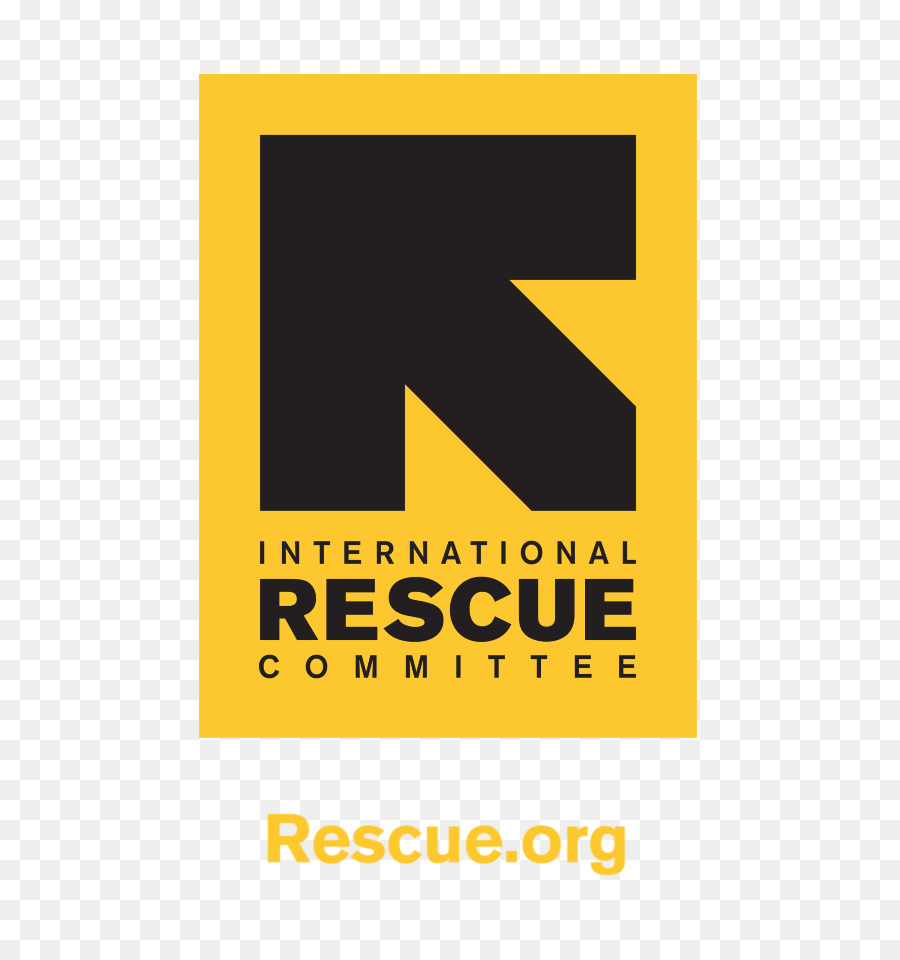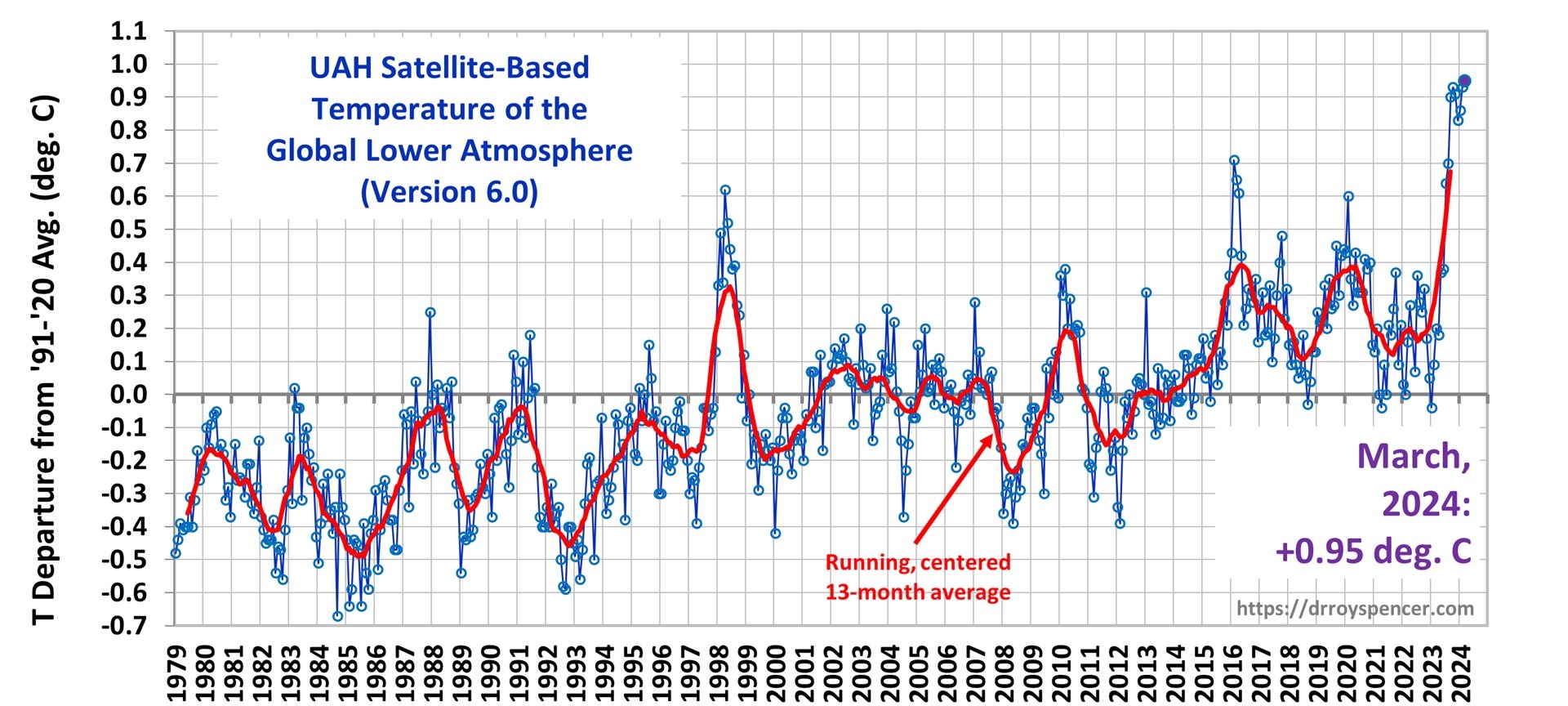Report on Public Sanitation Deficiencies in Chennai and Contradictions with Sustainable Development Goals
Introduction
A significant public health and sanitation issue has been identified in the immediate vicinity of the Greater Chennai Corporation (GCC) headquarters, located at Ripon Buildings. Despite the city’s official Open Defecation-Free (ODF) status, a 100-meter stretch of the compound wall has become a site for rampant open defecation and urination. This situation presents a stark contradiction to the city’s development objectives and its commitment to the United Nations Sustainable Development Goals (SDGs), particularly those concerning public health, sanitation, and sustainable urban environments.
Key Findings
- Location of Infraction: A 100-meter area along the Ripon Buildings compound wall, adjacent to the Moore Market complex.
- Nature of Problem: The area is consistently used for open defecation and urination by commuters and visitors, particularly during evening and night hours.
- Affected Population: An estimated 400,000 individuals who frequent the Central Square, including the central railway station, metro facilities, and nearby hospitals, are exposed to the resulting unsanitary conditions and stench daily.
- Associated Issues: The site is also characterized by litter, including discarded liquor bottles, indicating instances of public alcohol consumption.
- Systemic Failure: The issue persists despite the presence of police and CCTV surveillance in the area, and it has contributed to a significant drop in Chennai’s national sanitation ranking (Swachh Survekshan 2023), where it fell to 199th place.
Impact on Sustainable Development Goals (SDGs)
The observed conditions directly undermine progress towards several key SDGs:
- SDG 6: Clean Water and Sanitation: The failure to prevent open defecation is a direct violation of Target 6.2, which calls for an end to this practice and the achievement of adequate and equitable sanitation for all. The lack of accessible and sufficient public toilets for a high-traffic area represents a critical gap in sanitation infrastructure.
- SDG 3: Good Health and Well-being: Open defecation sites are breeding grounds for pathogens, posing a significant risk to public health through the potential spread of waterborne and vector-borne diseases. The pervasive stench and unsanitary environment also negatively impact the mental and physical well-being of the populace, conflicting with the core tenets of SDG 3.
- SDG 11: Sustainable Cities and Communities: The situation detracts from the goal of making cities inclusive, safe, resilient, and sustainable (Target 11.6). Inadequate waste management and sanitation services degrade the urban environment, compromise public safety, and challenge the city’s sustainability credentials. The discrepancy between the ODF certification and the on-ground reality questions the effectiveness of urban governance.
- SDG 16: Peace, Justice and Strong Institutions: The inability of the GCC to maintain basic sanitation standards on its own periphery points to a weakness in institutional effectiveness and accountability. This governance gap, where official declarations like ODF status do not reflect reality, erodes public trust and highlights a failure in the enforcement and monitoring mechanisms crucial for strong institutions.
Official Response and Recommendations
Official Statement
The local Ward Councillor, Rajeshwari Sridhar, stated an unawareness of the specific situation but affirmed that efforts are being made to maintain cleanliness in the area. A commitment was made to investigate further and take corrective action, including the installation of additional signboards for existing toilet facilities.
Recommendations
- Immediate Action: Conduct a thorough cleanup of the affected area and increase the frequency of sanitation patrols.
- Infrastructure Development: Prioritize the construction and maintenance of new, accessible public toilet facilities to serve the high volume of visitors in the Central Square area.
- Strengthen Governance: Implement the proposed ‘pee mapping’ initiative to systematically identify and address all open defecation hotspots across the city, ensuring that data drives policy and action.
- Review and Realign: Re-evaluate the city’s ODF status to ensure that certifications are based on verifiable, on-ground conditions, thereby aligning municipal reporting with the ambitious targets of the Sustainable Development Goals.
1. Which SDGs are addressed or connected to the issues highlighted in the article?
SDG 6: Clean Water and Sanitation
- The article’s central theme is the failure to manage open defecation and urination, which directly relates to providing access to clean and safe sanitation facilities. The mention of a “100m stretch… turned into an open defecation spot” and the city’s “open defecation-free (ODF) ranking” clearly connects the issue to this goal.
SDG 11: Sustainable Cities and Communities
- The problem is set in an urban environment (Chennai) and highlights a failure in providing basic municipal services. The article mentions the “4 lakh visitors” frequenting the area daily who lack access to facilities, the city’s plummeting “Swachh Survekshan 2023 rank” due to “poor sanitation,” and the need for “additional toilet signboards.” These points connect directly to making cities inclusive, safe, resilient, and sustainable.
SDG 3: Good Health and Well-being
- Poor sanitation and open defecation are significant public health risks. The article notes that commuters and visitors are “forced to endure the stench of open defecation,” which is an indicator of an unsanitary environment that can lead to the spread of diseases, thus impacting the health and well-being of the population.
2. What specific targets under those SDGs can be identified based on the article’s content?
Under SDG 6: Clean Water and Sanitation
- Target 6.2: “By 2030, achieve access to adequate and equitable sanitation and hygiene for all and end open defecation, paying special attention to the needs of women and girls and those in vulnerable situations.” The article directly addresses the failure to “end open defecation,” as seen by the “rampant defecation and urination” even near the Greater Chennai Corporation’s headquarters. The commuter’s statement, “Since there are no toilets outside Central, people end up defecating in the open,” points to the lack of “adequate” sanitation.
Under SDG 11: Sustainable Cities and Communities
- Target 11.6: “By 2030, reduce the adverse per capita environmental impact of cities, including by paying special attention to air quality and municipal and other waste management.” The open defecation and strewn liquor bottles described in the article represent a failure in “municipal and other waste management.” The city’s poor sanitation and subsequent drop in its Swachh Survekshan rank are direct consequences of not managing this environmental impact.
Under SDG 3: Good Health and Well-being
- Target 3.9: “By 2030, substantially reduce the number of deaths and illnesses from hazardous chemicals and air, water and soil pollution and contamination.” The unsanitary conditions from open defecation and urination create a polluted environment that poses a health risk to the 4 lakh daily visitors and residents, directly relating to this target’s goal of reducing illnesses from soil and water contamination.
3. Are there any indicators mentioned or implied in the article that can be used to measure progress towards the identified targets?
For Target 6.2
- Indicator 6.2.1: “Proportion of population using (a) safely managed sanitation services and (b) a hand-washing facility with soap and water.” The article provides a qualitative measure for this indicator by describing the prevalence of open defecation. The city’s attempt to do “‘pee mapping’ via apps to map open defecation sites” is a direct effort to gather data related to this indicator. Furthermore, Chennai’s “open defecation-free (ODF) ranking” is a formal, albeit contested, measure of progress.
For Target 11.6
- Indicator 11.6.1: “Proportion of municipal solid waste collected and managed in controlled facilities out of total municipal waste generated, by cities.” The article implies a low proportion of managed waste in the specific area by mentioning that “Liquor bottles are also strewn outside the GCC headquarters.” The “Swachh Survekshan 2023 rank,” which “plummeted to 199 of 446 cities… due to poor sanitation,” serves as a composite indicator measuring municipal waste management and overall city cleanliness.
For Target 3.9
- Indicator 3.9.2: “Mortality rate attributed to unsafe water, unsafe sanitation and lack of hygiene (WASH services).” While the article does not provide mortality or illness data, it implies the risk factors measured by this indicator. The description of the “stench of open defecation” and the general unsanitary conditions highlight the presence of “unsafe sanitation,” which is the primary risk factor this indicator tracks.
4. Table of SDGs, Targets, and Indicators
| SDGs | Targets | Indicators |
|---|---|---|
| SDG 6: Clean Water and Sanitation | Target 6.2: Achieve access to adequate and equitable sanitation and hygiene for all and end open defecation. | Indicator 6.2.1 (Implied): The prevalence of open defecation described in the article serves as an inverse measure. The city’s “open defecation-free (ODF) ranking” and “pee mapping” initiative are direct measurement efforts. |
| SDG 11: Sustainable Cities and Communities | Target 11.6: Reduce the adverse per capita environmental impact of cities, including by paying special attention to… municipal and other waste management. | Indicator 11.6.1 (Implied): The presence of “strewn” liquor bottles and open defecation indicates unmanaged municipal waste. The “Swachh Survekshan 2023 rank” is a direct composite indicator of this. |
| SDG 3: Good Health and Well-being | Target 3.9: Substantially reduce the number of deaths and illnesses from… water and soil pollution and contamination. | Indicator 3.9.2 (Implied): The “stench of open defecation” and unsanitary conditions are mentioned as risk factors related to illnesses from unsafe sanitation, which this indicator measures. |
Source: timesofindia.indiatimes.com







